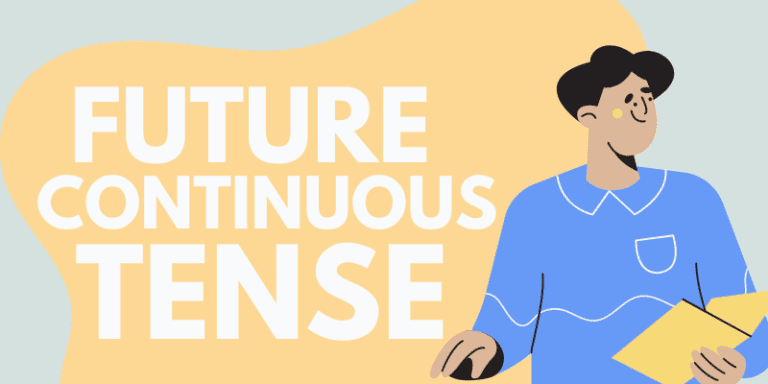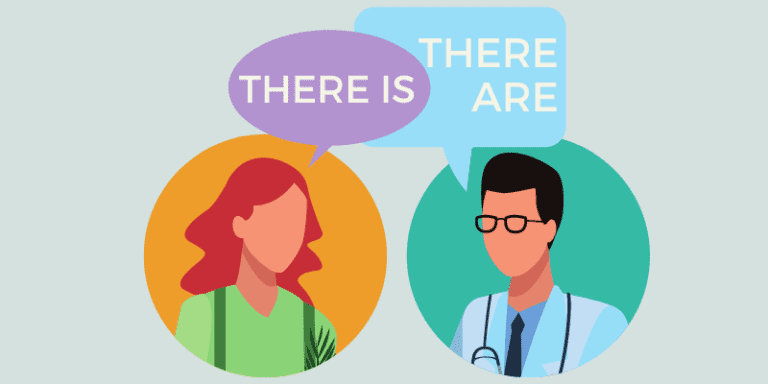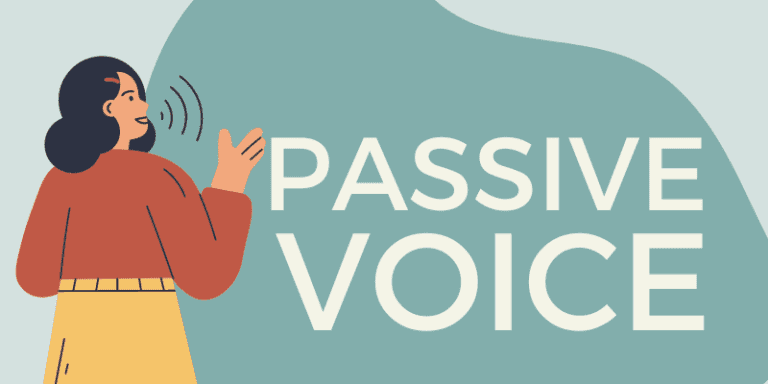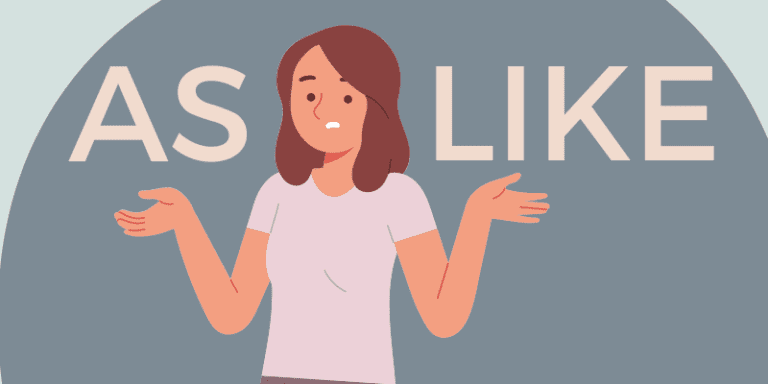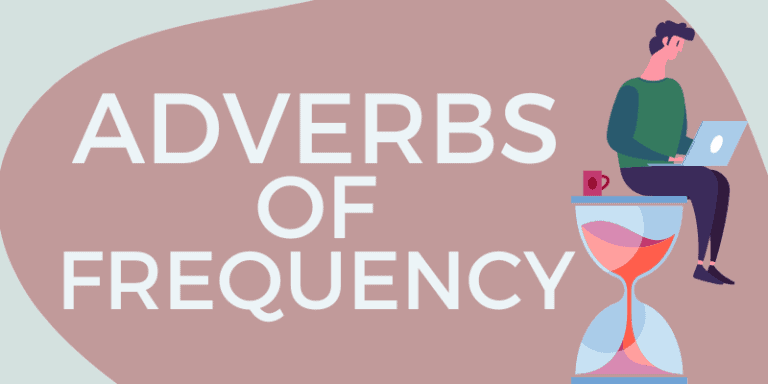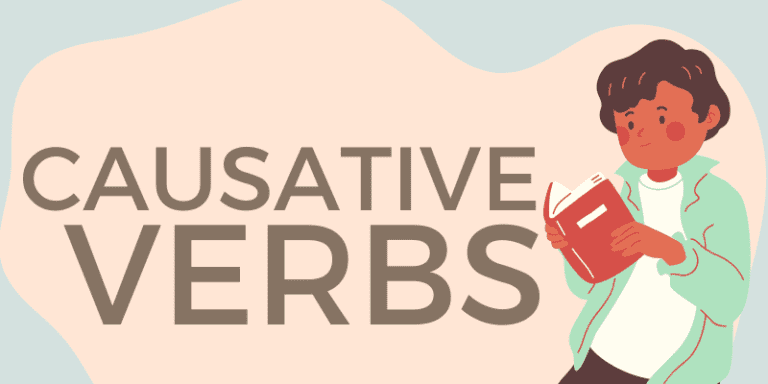Future Perfect Continuous Tense – Uses & Worksheet
All good writers know that verbs have tenses that show when the action or state of being occurs. For instance, all future tenses show future action. But what if it’s in the perfect continuous form? What is the future perfect continuous tense? I know it’s so easy to get all …
